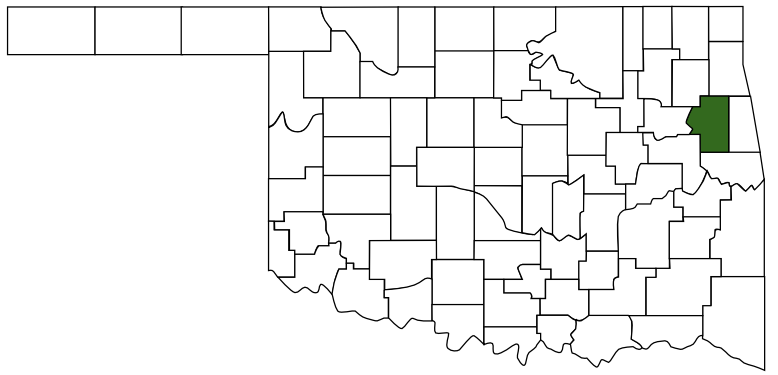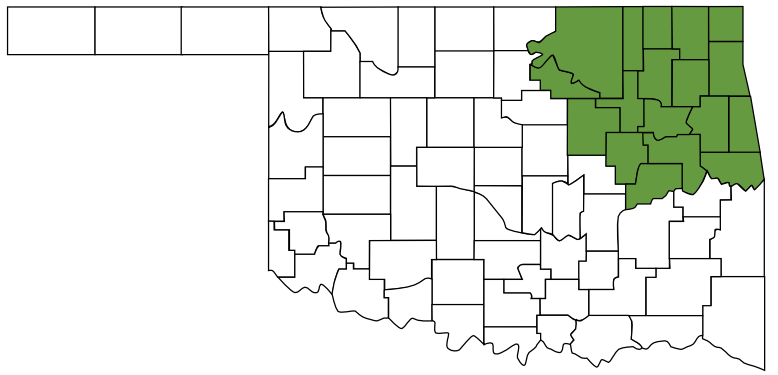Cherokee County

Cherokee County, Oklahoma
Cherokee County was created from the Cherokee Nation's Tahlequah District at the 1906 Constitutional Convention and named for the Cherokee Nation.
- Established: 1907 [1]
- County Seat: Tahlequah, Oklahoma 74464
- Area: 751 mi2 (1,945 km2)
- Population: 47,078 [2]
- Region:
 Green Country
Green Country - Weather: NWS Tulsa
- Info: Wikipedia
- History: Oklahoma Historical Society
- County information from Wikipedia.
- Population from U.S. Census Bureau, 2020.

